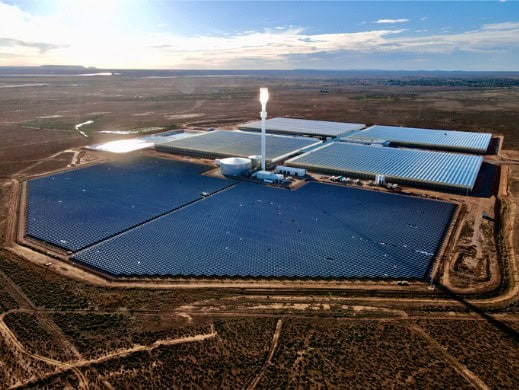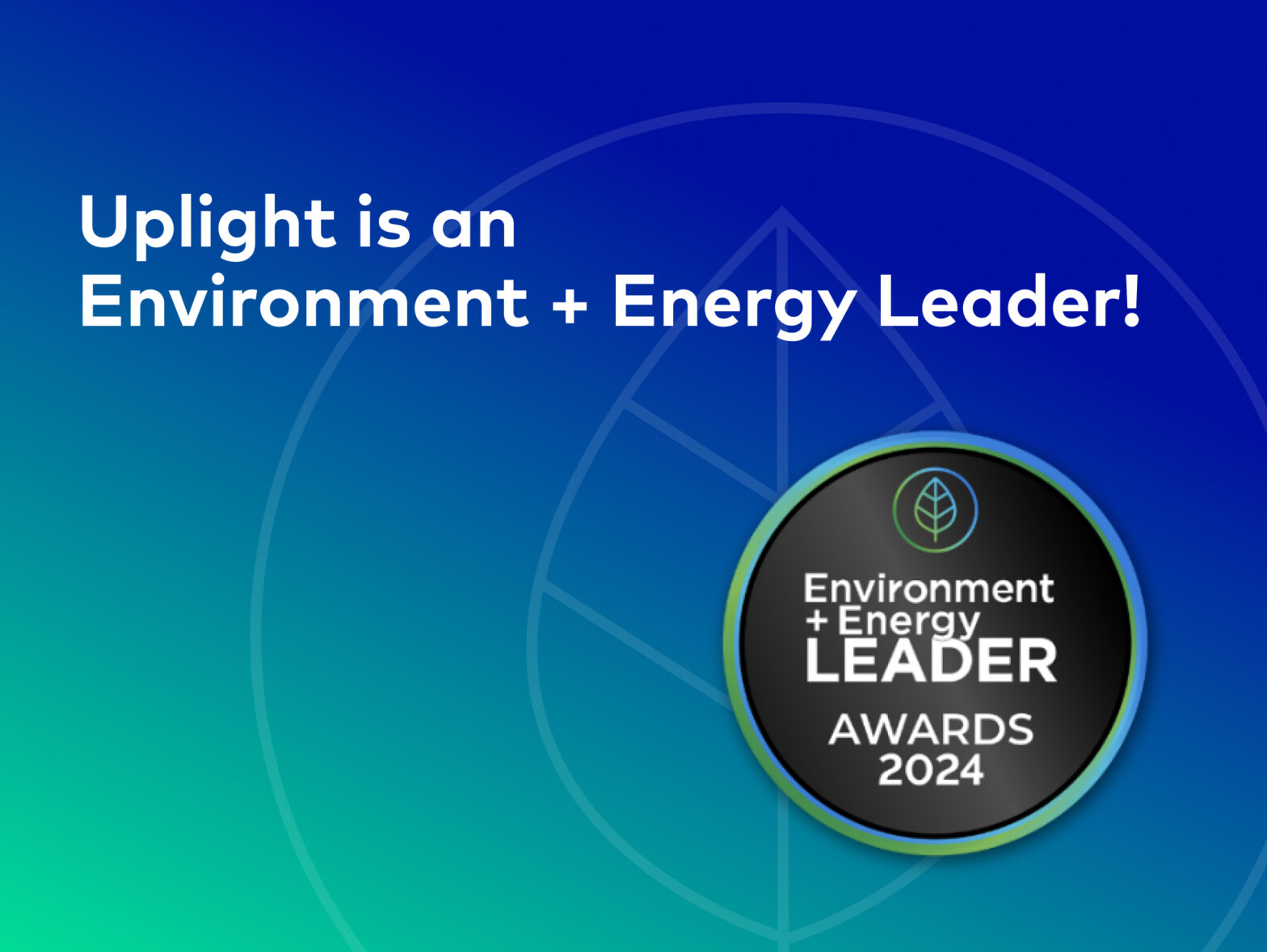At the end of February, Commissioners, utility stakeholders, and energy industry stakeholders came together from across the nation to discuss energy policy at the National Association of Regulatory Utility Commissioners (NARUC) Winter Policy Summit. A veritable who’s who of industry thought leadership, there could be no better setting to nerd out about energy policy. Aside from connecting with peers, we heard from exhilarating speakers, ranging from utility executives to energy reporters to the FERC chairman, on some of the biggest ticket items when it comes to modern energy regulation.
Going into NARUC, my mind was buzzing with questions regarding virtual power plant (VPP) regulation. How can utilities work cross-departmentally to plan for the comprehensive benefits of VPP implementation? What models are being considered for VPP compensation? What resources can be leveraged to increase behind-the-meter device adoption?
Following a week of thought-provoking discussions, including an Uplight-hosted breakfast on VPP regulation and a Department of Energy and Smart Electric Power Alliance workshop on Virtual Power Plants: Insights on Planning and Implementation, I left NARUC with two clear takeaways on VPP scaling:
- Energy regulators and utilities need data-driven proof points to scale VPP implementation.
- To ensure timely implementation, regulatory siloes need to be broken down and VPPs must be incorporated into a holistic regulatory framework.
There are actionable measures we can take today to address these barriers and accelerate VPP implementation across the industry.
Energy regulators and utilities need data-driven proof points to scale VPP implementation
VPPs are a flashy subject and the demand flexibility industry is always keen to highlight their many benefits. They are a cost-saving solution that uses renewable energy distributed across many participating consumers to support grid reliability, defer infrastructure costs, and avoid gas peaker plant emissions – what’s not to like? However, chatting with the broader audience at NARUC was an important reminder that some of the industry is not yet as bullish about VPPs.
While utility-scale grid service programs like energy efficiency and demand response have operated for decades, cohesive cross-programmatic VPP programs used for supply-side resources are nascent and often in pilot stages. At NARUC, some stakeholders had heard the VPP “buzzword” but didn’t know what problem VPPs are trying to solve. Some were curious about VPPs but unsure about their long-term reliability. Others had not yet embraced the energy transition. While VPPs are often lauded for what they can do for grid capacity in the future, the industry must show what VPPs are accomplishing today.
Luckily, there are many successful examples of VPPs in operation. RMI/VP3’s Virtual Power Plant, Real Benefits report highlights numerous examples of effective VPP deployment, including:
- Arizona Public Service’s Cool Rewards Program has enrolled 60,000 thermostats and helped shed nearly 100 megawatts (MW) during the hot summer months in 2022.
- South Australia’s VPP stabilized the grid in October 2019 when a coal-fired power plant tripped offline and left a supply gap of 748 MW. The VPP has also provided critical support during November 2019 and January 2020 grid disruptions between South Australia and Victoria.
- VPPs managed by AutoGrid’s platform collectively represented 5 GW of capacity and 37 GWh of energy across 15 countries as of summer 2021. These assets were dispatched 1,500 times to meet grid needs in summer 2021.
Brattle’s Real Reliability The Value of Virtual Power report also highlights a variety of successful real-world VPP examples.
These data sets irrefutably prove the need for VPP deployment. Industry must constantly call attention to these successful VPP implementation proof points, specifically to regulators, to scale beyond pilot stages.
To ensure timely implementation, regulatory siloes need to be broken down and VPPs must be incorporated into a holistic regulatory framework
No one has ever accused energy regulation of being too simple and VPPs add additional wrinkles to the current regulatory construct. Using demand-side resources for supply-side planning that has crossovers with customer programs, grid modernization, and distribution planning is enough to make anybody’s head spin. Now layer on intensive decision-making processes, varying by state, that need to align across multiple regulatory proceedings driven by legislative requirements with timelines that may differ by utility, and you’ll start to see some of the issues that the industry must manage.
Utilities and consumers cannot easily capture the full value of VPPs when implementation is scattered across 5+ proceedings, which can often be the case when looking at energy efficiency, demand response, distributed generation, general rate cases, rate design, innovation, electrification, integrated resource plans, distribution planning, and other relevant proceedings. VPPs need a regulatory home, and the solution is likely not another new proceeding that cross-references the many proceedings listed above. Instead, VPPs must be incorporated into integrated resource plans (IRPs).
Typically, an IRP requires the utility to conduct load forecasting as well as demand-side, supply-side, integration, and risk analyses.” IRPs must change with the energy industry, and as regulation increasingly considers decarbonization and innovation, so must IRPs. The Regulatory Assistance Project states:
To address climate and equity challenges, utilities will have to transform the way they plan – ensuring that a full range of resources are considered to meet utility customers’ needs. This should include both supply- and demand-side options, as well as distributed energy resources.
IRPs, submitted by utilities and confirmed by the state utility Commissions, bring together climate commitments, renewable portfolio standards, and DERs. Requiring demand-side VPP targets within IRPs will be the most effective way to ensure implementation across the variety of impacted utility teams. Additionally, as the source of truth for all utility planning, commitments made in an IRP will trickle down to utility operational teams such as distribution planning, supply planning teams, and teams that manage customer programs.
It is safe to say that this isn’t the end of our conversations among utilities, regulators, and energy thought leaders on VPPs. This will be an exciting focus in the coming years as energy providers look to increase load flexibility. Industry stakeholders can build confidence in VPP implementation by sharing existing data-driven proof points. As confidence is built, advocating for VPP targets within IRPs will help to ensure that VPPs are considered as a reliable grid benefit source for utilities across the nation.





